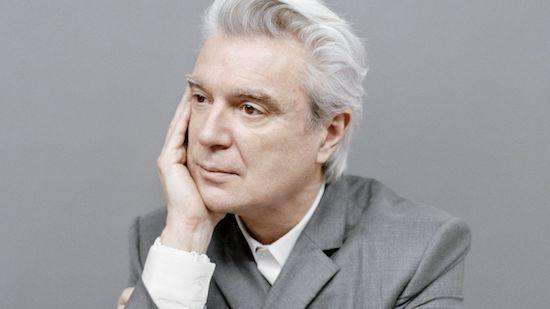David Byrne and the return of art-pop

Photo by Jody Rogac
By Loring Wirbel
The arrhythmic and occasionally dissonant tones of art-pop are reviving globally, and David Byrne is predictably helping to lead the parade. Since his last true solo album in 2004, the Talking Heads founder has collaborated with Brian Eno and St. Vincent, and followed marching bands around the country.
For American Utopia (Nonesuch), Byrne eschews any big-band stylings for a stripped-down experimental sensibility partially reminiscent of Talking Heads’ Fear of Music. Lyrically, tracks like “Gasoline and Dirty Sheets” and “Every Day Is a Miracle” acknowledge society’s wretched state, while asking the listener to focus on small miracles.
But while Byrne strives to make his weirdness universal, 21st century art-rock still has its regional varietals.
The New England band Darlingside, for example, favors weird baroque harmonies on its third album, Extralife (Thirty Tigers), offering scary post-apocalypse lyrics delivered in Fleet Foxes and CSNY styles. Boston’s Palm takes it even further in Rock Island (Carpark Records), resembling Stereolab played backward and conducted by Philip Glass. The Midwest tends to rely on more dissonant brass and woodwinds, while Iowa’s Ashley Paul follows the strange trail blazed by Chicago’s Circuit des Yeux to even weirder destinations on Lost in Shadows (Slip). Overseas, Australia’s Camp Cope and Ireland’s Alien She are also debuting frenetic works this month.
The only category of art-pop largely underrepresented so far is improvisational noise, a sign that these times may demand at least the hint of a melody.